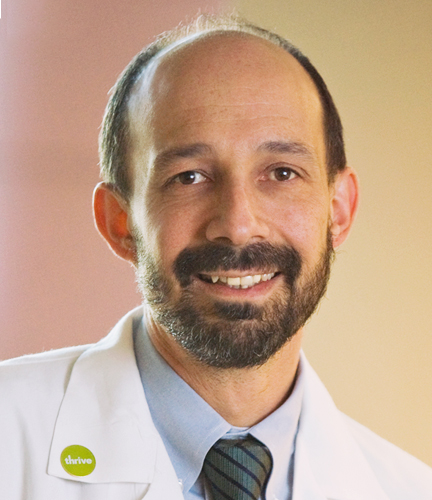Success Story: Long-Term Changes Make Long-Term Impacts for Patients
Kaiser Permanente Northern California (2013)
In previous rounds of the Hypertension Control Challenge, Million Hearts® established a benchmark of 70% hypertension control for applicants’ adult populations. This 2013 success story reflects the earlier benchmark.
Facing a hypertension control rate of 40% in 2001, Kaiser Permanente Northern California (KPNC) doctors knew they could do better. First, the clinicians created a disease registry to identify and track patients with uncontrolled hypertension, also called high blood pressure, making individualized treatment possible. Over the course of the next decade, KPNC employed additional strategies to increase its hypertension control rate to slightly more than 85%, leading to recognition as a 2013 Million Hearts® Hypertension Control Champion.
What They Did
Took action to improve medication adherence
Clinicians developed a medication regimen that treated hypertension but also was convenient for patients. This regimen included prescribing combination tablets (one pill containing two drugs), making it easier for patients to remember to take all of their medications. In addition, KPNC doctors prescribed medications that allowed patients to easily change their dosage, as directed by a clinician, without returning to the pharmacy (e.g., by simply taking half a pill or two pills). Finally, patients were able to renew prescriptions online and have them mailed for free.
- More than 2 million adult patients in the Bay Area are served annually
- 25% have high blood pressure
- 40% belong to a racial or ethnic minority
- 4% are eligible for Medicaid
Used team-based care models
KPNC also focused on building a supportive team around the patient. Medical assistants checked blood pressure regularly (without a copay) until patients achieved control. By tracking hypertension control data across teams and sharing the results, clinicians were able to improve patient health.
Designated Hypertension Control Champions
Each of KPNC’s 21 medical centers in the Northern California region selected an internal physician to promote hypertension control consistently and serve as a thought leader. He or she provided a deep understanding of clinical care and had support from the system’s administration in making any practice changes.
What They Accomplished
Between 2012 and 2013, KPNC achieved a hypertension control rate of slightly more than 85%. This increase translated into more than 200,000 individuals with controlled hypertension and a reduced risk for heart attack or stroke.
When they set out to make improvements in hypertension control in 2001, KPNC staff expected to face many barriers. They found that disorganization was the biggest challenge and underlying cause for lower-than-ideal control rates. KPNC staff were able to reach and exceed their goals once they streamlined processes and fully supported clinicians in consistently addressing hypertension.

“Hypertension control is part of our standard of care. Patients deserve a system and leadership that deliver.”
—Joseph Young, MD, internal medicine physician
Advice for Others
For others striving to improve hypertension control rates, KPNC recommends:
- Aligning everyone on the care team by showing them the value of treating hypertension. Change is easier when everyone is pulling in the same direction.
- Building and using an effective registry so that patients with uncontrolled hypertension can be identified and engaged directly, rather than waiting for these patients to come into the office.
- Putting systems in place, such as treatment protocols, to ensure patients receive consistent care once identified.
KPNC continues to use strategies that made it a champion. Over the past decade, it has seen the payoff for its efforts through reductions in poor cardiovascular outcomes within its patient population. KPNC hopes this consistent, evidence-based approach to hypertension control further improves its patients’ control rates and health.
